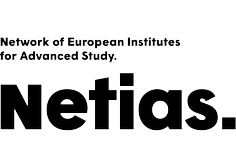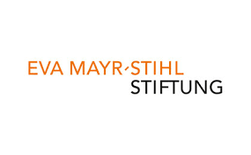Prof. Dr. Dr. Massimo Leone
Philosophy of Communication, Visual Semiotics
External Senior Fellow (Marie S. Curie FCFP)
October 2020 - February 2021
CV
Massimo Leone is Tenured Full Professor (“Professore Ordinario”) of Philosophy of Communication, Cultural Semiotics, and Visual Semiotics at the Department of Philosophy and Educational Sciences, University of Turin, Italy, Vice-Director for research at the same University, and part-time Professor of Semiotics in the Department of Chinese Language and Literature, University of Shanghai, China. He has been visiting professor at several universities in the five continents. He has single-authored twelve books, edited more than thirty collective volumes, and published more than five hundred articles in semiotics, religious studies, and visual studies. He is the chief editor of Lexia, the Semiotic Journal of the Center for Interdisciplinary Research on Communication, University of Torino, Italy (SCOPUS). He is the winner of a 2018 ERC Consolidator Grant, the most prestigious research grant in Europe.
Selected Publications
- Religious Conversion and Identity: The Semiotic Analysis of Texts, London and New York: Routledge 2004.
- Saints and Signs: A Semiotic Reading of Conversion in Early Modern Catholicism, Berlin and New York: Walter de Gruyter, 2010.
- Sémiotique du fondamentalisme: messages, rhétorique, force persuasive, Paris: l’Harmattan 2014; translated into Arabic in 2015.
- A Cultural Semiotics of Religion (in Chinese) [Series “Semiotics & Media”], Chengdu, China: University of Sichuan Press, 2018.
- On Insignificance, London and New York: Routledge, 2019, 226 pp.; Chinese translation 2019.
FRIAS Research Project
Transhuman Portraits: Artificial Faces in Art, Science, and Society.
The idea of facial images made by a non-human agency is old. On the one hand, human beings are neuro-physiologically inclined to pareidolia, that is, the tendency to see faces in natural environments (tree-trunks and clouds, for instance); on the other hand, ancient sources in many cultures narrate of images of faces prodigiously appearing in stones, gems, landscapes, etc. In religion too, deities are often thought to manifest themselves through miraculous facial images, called “acheiropoietai”. The project will survey this fascinating tradition and compare it with current trends in the creation of “transhuman portraits”: in technology, through generative adversarial networks and in robotics; in medicine, through aesthetic surgery and face transplantation; in the arts, with special attention to the provocative creation of “artificial faces” by contemporary digital artists like Leonardo Selvaggio.





